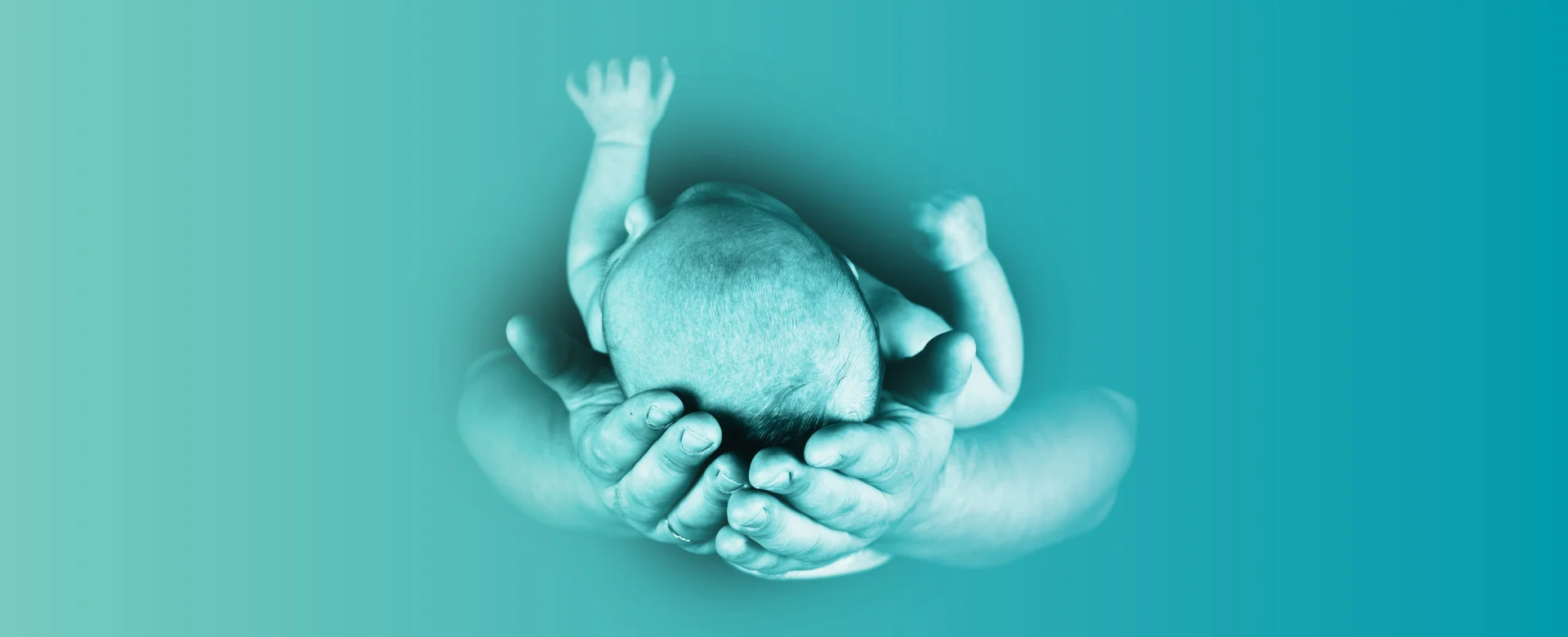MENSTRUAL CYCLE

MENSTRUAL CYCLE

The menstrual cycle is a normal process occurring in every woman of reproductive age with normal reproductive function and is an important prerequisite for spontaneous conception. It encompasses the maturation and release of the oocyte, in addition to the preparation of the endometrium to receive the fertilised oocyte, the embryo in other words.
The hormones released throughout the cycle control the events that ultimately lead to pregnancy. The first day of the cycle, when the menses (period) begin, the endometrium (the internal lining of the uterus), which has been growing during the precious cycle with the aim of receiving the embryo, is discharged along with the unfertilised oocyte.
A typical cycle lasts for approximately 28 ±3-4 days and has three distinct phases:
1. Proliferative phase – Days 1 to 13 (28-day cycle)
During the proliferative phase, Follicle-stimulating hormone (FHS) is secreted from the pituitary gland in the brain, which via blood circulation reaches and acts upon the ovary. In particular, FSH stimulates the follicles, causing their growth and maturation and activating oestrogen production from the follicular cells. Oestrogens in turn act upon the endometrium, promoting its development and thickening, in order to be ready to receive the fertilised oocyte.
The proliferative phase does not typically have a fixed duration, varying from 10 to 18 days. This variation of the duration of the proliferative phase is responsible for the differences in cycle length. In 28-day cycles, it lasts for 14 days, in shorter cycles (<28 days) as shorter as the cycle and in longer cycles (>28 days) is as longer as the cycle.
2. Ovulation – Approximately 14 days prior to the start of the next period
Prior to ovulation, oestrogens levels rise significantly, triggering the secretion of Luteinising hormone (LH) from the pituitary gland, which acts upon the dominant follicle kai causes its rupture and the release of the oocyte. During her reproductive years, a woman typically releases one mature oocyte per month. In rare cases, two oocytes are released (<1%).
The day of ovulation and the time window around it are the most suitable days to attempt fertilization and conception (see My fertile days), as cervical mucus becomes more receptive to sperm. Sperm may survive up to a week (mean survival is three days) inside the woman’s body, up until the fertile days. The time just before ovulation is considered fertile, same as the first and the second day after ovulation, as the oocyte has a lifespan of about 20 hours. In case two oocytes rupture, the second will be released within 24 hours of the first one’s release.
Ovulation does not occur in every cycle. Cycles without ovulation are called anovulatory and are a normal finding in young women during menarche, in women who breastfeed, perimenopausal women and women with cycle duration over 35 days. It is a common misconception that the ovulatory phase always begins on the 14th day of the cycle. In fact, it is more accurately timed as 14 days before the start of the next cycle, which may not last for precisely 28 days. The cycle begins with the first day of red menses. When the average cycle duration is calculated, you can subtract 14 days from the estimated end of the cycle in order to define the day of ovulation.
3. Secretory phase – Days 15 to 28
In contrast with the proliferative, the secretory phase has a fixed duration of 14-12 days. During this phase and with the effect of LH the now empty ruptured follicle (now called “corpus luteum”) produces oestrogen and progesterone, preparing the endometrium for the implantation of the fertilised oocyte.
Fertilisation
The ovulatory phase of the cycle is the best time for fertilization. When a couple has sexual intercourse during this time period, the sperm swims through the cervical mucus into the uterus and through the salpinx, where it will meet the oocyte. While fertile men release millions of spermatozoa, only one can normally fertilise the oocyte. The oocyte can be fertilised within 24 hours of its release from the follicle (ovulation). If fertilization does not occur, the oocyte passes through to the uterus and the corpus luteum stops functioning on approximately the 26th day of the cycle. Subsequently, the endometrium is discharged and the next cycle begins.
Implantation
After fertilization, the embryo travels through the salpinx into the uterine cavity. It is subsequently implanted there on approximately the 20th day of the cycle and continues to develop. The corpus luteum continues to produce progesterone to support the preservation of the endometrium and the continuation of pregnancy.